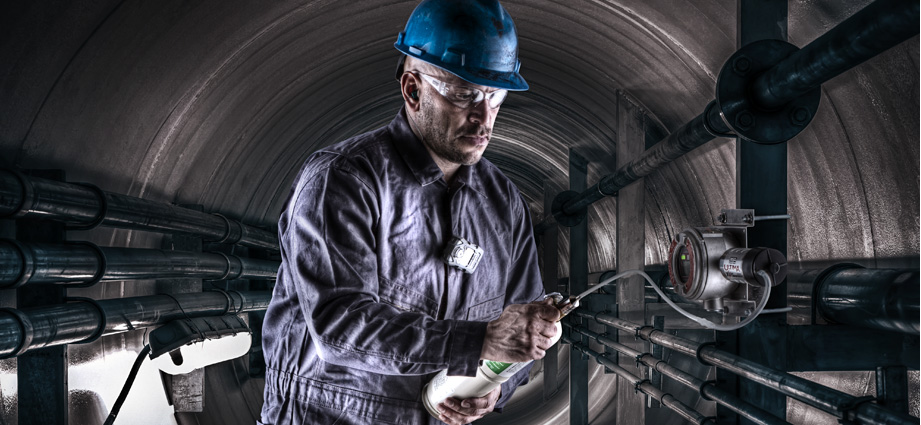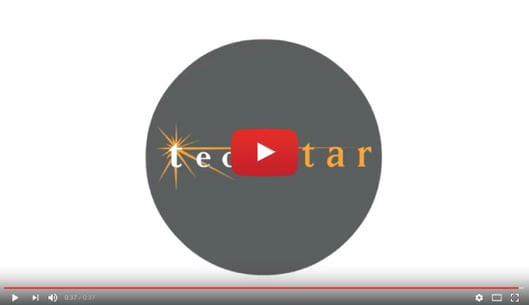Fixed gas detectors play a critical role in safeguarding people, places, and the planet against potentially life-threatening gases in environments ranging from high value industrial complexes to laboratories and hazardous confined spaces. However, to ensure their accuracy and reliability, regular calibration is an indispensable practice.
Calibration is usually a two-step procedure – the zero and the span. In the first step, the sensor is zeroed using ambient air after confirming that the target gas is not present or by using a suitable gas from a cylinder. The second step is to expose the instrument to the calibration gas that contains a known concentration of the target gas the sensor is designed to measure. The readings are then adjusted to match these values.


